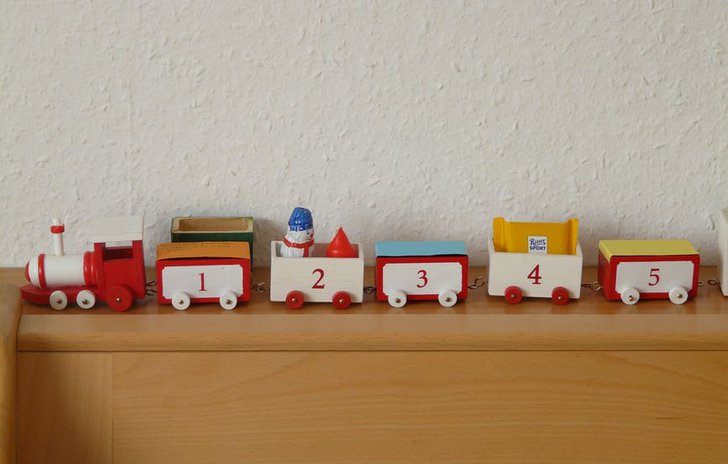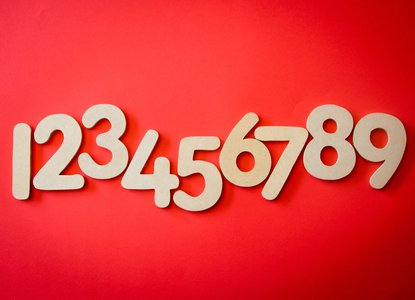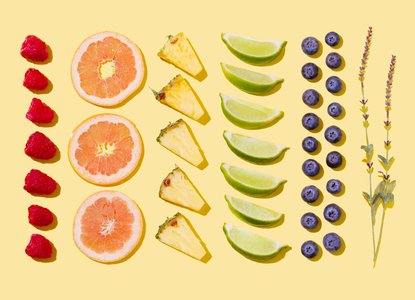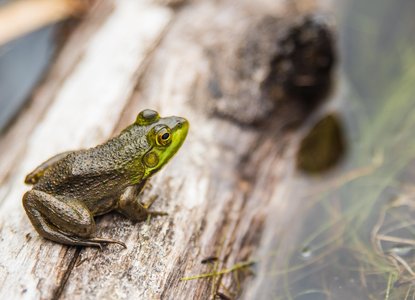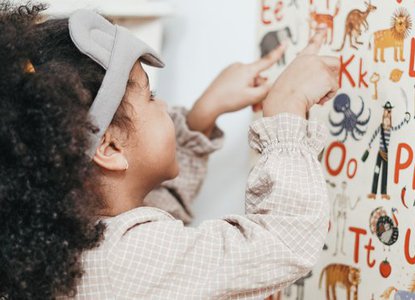Beginning to learn about numbers and maths will help your child when they eventually start school.
The best way to introduce them is to make it fun and include them in play and daily activities as that's how children learn best.
Maths everyday:
While you're going about your daily routine at home or out and about find opportunities to count and play with numbers:
- Count anything and everything!
- Use mathematical language such as more, less, full, empty, big, small, flat, round etc.
- Sing number rhymes - these begin to introduce simple adding and taking away.
- Read stories that contain numbers and counting.
- Spot numbers on signs , doors and vehicles.
- Encourage your child to solve problems.
Practice counting:
If you count lots of different things and use numbers in different ways, your child will soon start joining in with you.
Try not to put them on the spot, let them join in in their own time.
Remember, it's okay to play with numbers just as we play with words and sounds. Don't worry if your child misses numbers out, or says them in the wrong order, just continue to gently model counting for them and they will soon follow your lead.
Simply starting games and activities with ‘1, 2, 3, go!’ is a great place to start.
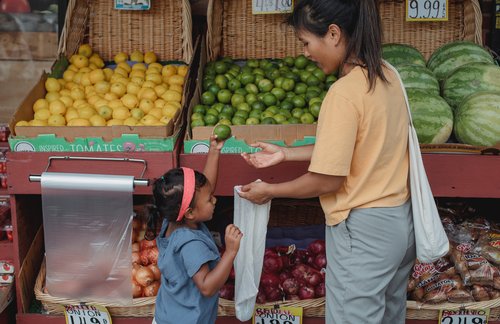
When you’re out and about you could count:
- Steps as you go up and down them.
- How many footsteps or jumps it will take to reach the next lamppost.
- The number of cars or trees you walk past.
- The fruit you buy at the shop.
- As high as you can before you get to the front door!
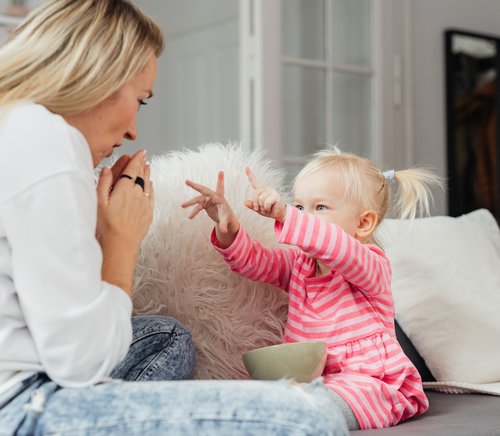
When you’re at home you could count:
- How many cups or bowls you need at mealtimes.
- Snacks and treats for sharing.
- How many blocks you can build into a tower.
- Toys as your baby offers them to you.
- Socks and shoes, or fingers and toes, as you get dressed.
- As you sing number rhymes.
- As you read books and stories.
Problem solving:
Solving problems supports mathematical understanding as well as giving children the opportunity to use and build on their existing knowledge, develop creativity and perseverance.
When your child comes across a problem, try to resist the temptation to fix it for them. Talk it through with them and encourage them to find a solution themselves.
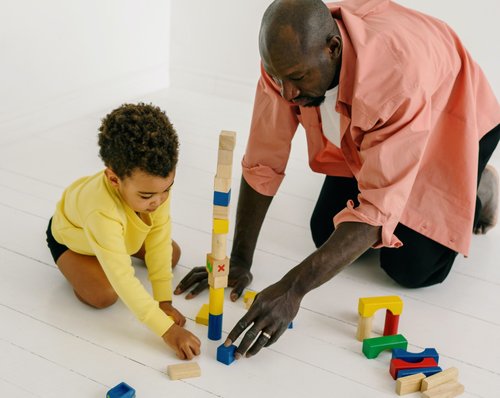
Activities that will encourage problem solving:
- Building and construction - work out how to join pieces together to create a tower, house, or den.
- Cooking - follow instructions, measure and mix ingredients.
- Jigsaw puzzles - find, turn and fit shapes together
- Water and sand play - fill and empty containers, and transport water or other materials.
- Sorting and patterns - open ended toys such as blocks, beads, natural items or stacking toys encourage children to sort, make arrangements and patterns.
- Snacks and mealtimes - sharing snacks and working out the correct number of utensils.
Recognising numbers:
The number that’s the same as your child's age, is often the one that they first recognise, usually at the age of two, three or four. Other numbers of personal importance will also often be recognised first, for example, a siblings age or the number on your front door. Encourage your child to be interested in numbers that are important to them, but don't worry if they aren't interested yet.

- Try to spot their age number while you're out and about, for example on doors, cars or signs.
- As your child begins to recognise more numbers you can play a game of who can find the most.
- Reading books about numbers will also help. When children see numbers written down, they will begin to recognise their shapes.
Good to know
The more opportunities your child has to hear and experiment with numbers and mathematical language, the more it will help them with maths as they get older.
